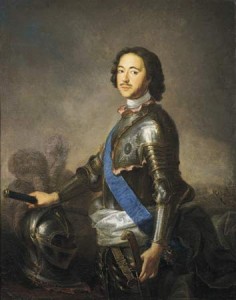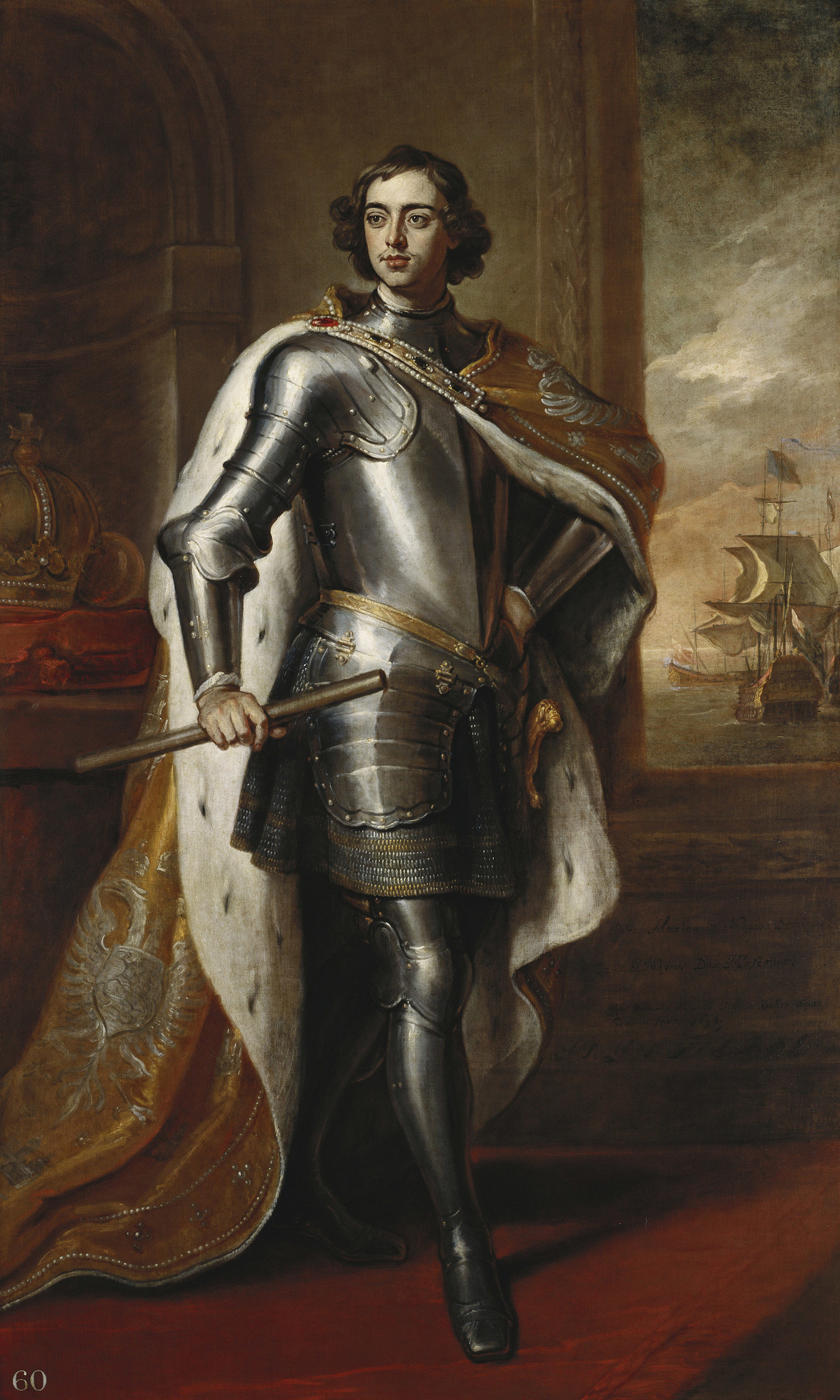Cynthia H. Whittaker talked about how a “good tsar” often gets confused with a “reforming tsar,” and how it may be best to think of someone like Peter the Great as a “reforming tsar.” She seems to re-message and re-package how we think of tsars in a way that we should think of good ones not as “good” but as “reformers.”

Peter the Great, who is defined by some as an example of a “good” or “reforming” tsar. Image courtesy of Encyclopedia Britannica.
But the confusing thing about this reading was that, while the author critiqued Mikhail Gorbachev’s definition of a “good tsar”[1] she presented all sorts of different definitions of a “good tsar” that have been mentioned over the centuries. In one part, she seemed to define a “good tsar” as someone who “had represented stability and a kingly duty to preserve the status quo.”[2] She also admits that the definition of a “good” or “true” tsar was different yet at some other points of Russian history: a “good tsar” was supposed to be, “a wise patriarch, an impartial and merciful judge, a protector of the downtrodden, open to petitioners and humble enough to seek good advice and avoid flatterers.[3] Then there was the notion of doing something for the “common good”–this was something brought up multiple times over the course of the article.
So while I see what Cynthia H. Whittaker was trying to do in talking about what a “good tsar” was compared to a “reforming tsar,” her exact view on what it meant to be a “good tsar” was either confusing to me, or I missed the point. Or maybe what it means to be a
“good” or “reforming” tsar is too subjective for me to ever get a full grasp of.
What do you think a “good” or “reforming” tsar looks like, and how have any of the rulers we’ve studied embody what it means to be a “good” or “reforming” tsar?
Footnotes:
[1] Cynthia Whitaker, “The Reforming Tsar: The Redefinition of Autocratic Duty in Eighteenth-Century Russia.” Slavic Review 51 (1992): 77.
[2] Ibid, 78.
[3] Ibid, 81.
Bibliography
Whittaker, Cynthia. “The Reforming Tsar: The Redefinition of Autocratic Duty in Eighteenth-Century Russia.” Slavic Review 51 (1992): 77-98.




